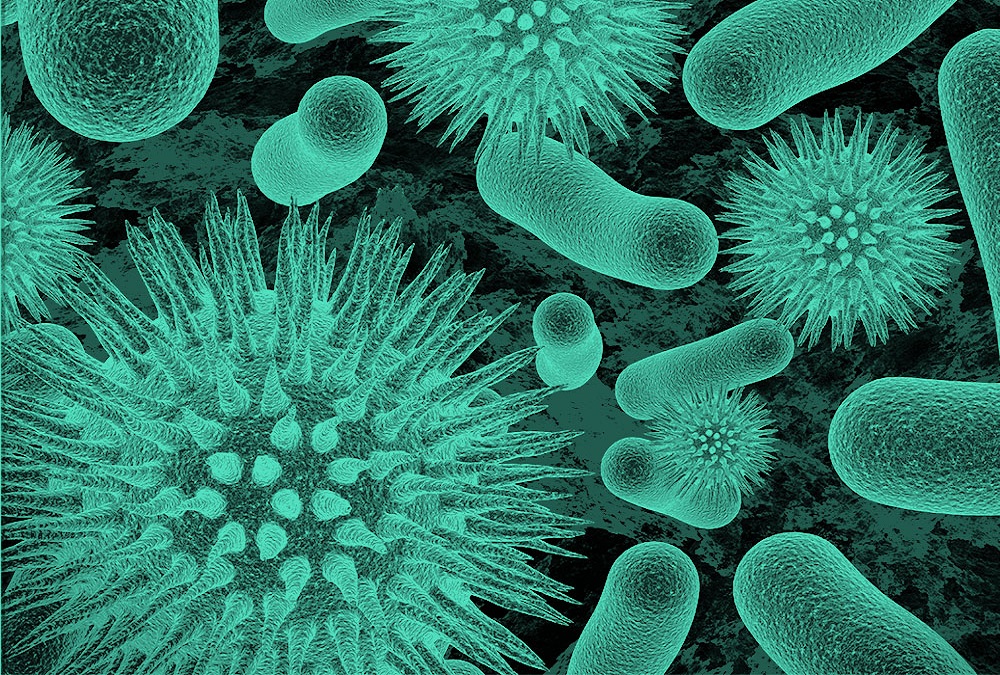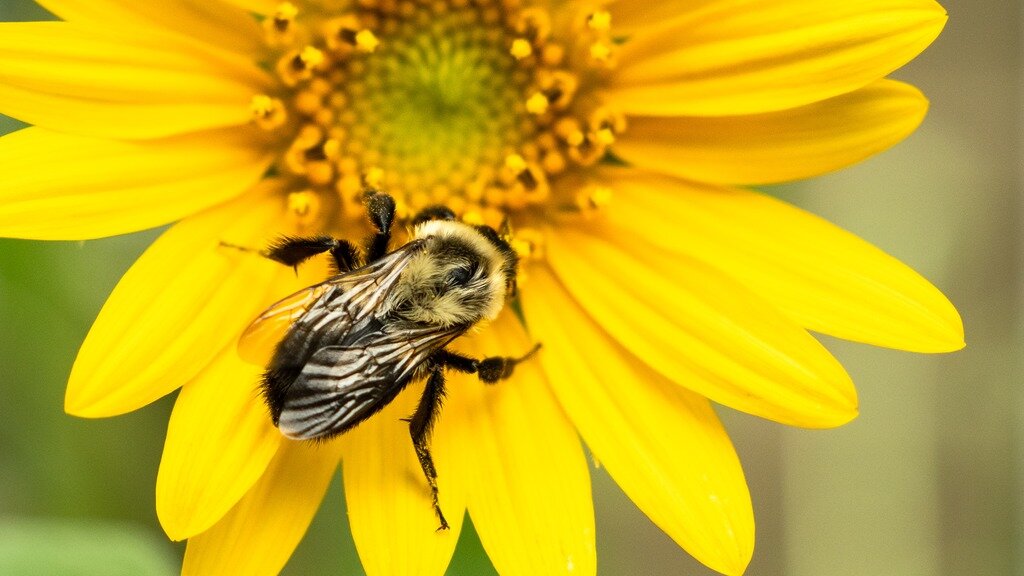Science
Understanding the New Virus: What You Need to Know

Keeping up with the latest developments in the realm of viruses and diseases is essential to our health. Concern and curiosity have been raised by the recent appearance of a new virus. In this post, we will examine this novel virus in depth, including its history, symptoms, and preventative methods. Understanding the New Virus Let’s sort out the truth from the fiction about the new virus.
New Virus: What Is It?
The novel virus, briefly described.
The history and original labelling of anything.
Symptoms and Clinical Presentation
Common signs and symptoms of the new virus.
What makes it unique among viruses.
Transmission and Spread
The mode of infection of the novel virus.
Reasons for its quick proliferation.
Prevention and Protection
Ways to prevent harm to oneself and others.
The value of preventative medicine and cleanliness.
Treatment and Vaccination
Options for current treatment.
Current vaccination availability and development status.
FAQs about the New Virus
Addressing frequent concerns and misunderstandings.
New Virus: What Is It?
The newly discovered virus has been given the scientific designation NV-20. The coronavirus family, of which SARS and MERS are also members, comprises this pathogen. After being discovered in [Place] in [Year], NV-20 quickly spread to other parts of the world.
Symptoms and Clinical Presentation
NV-20 can cause a wide spectrum of symptoms, from relatively moderate to life-threatening. Loss of taste and smell, weariness, and a high body temperature are also common symptoms. Symptoms like diarrhoea and nausea aren’t limited to the respiratory system when NV-20 is present.
Many people with NV-20 have no symptoms or minor ones, but others, especially those with preexisting health problems, can suffer serious breathing problems.
Transmission and Spread
Droplets expelled through coughing, sneezing, or even just normal conversation are the most common way for NV-20 to spread from person to person. Understanding the New Virus touching infected surfaces and then your face is another route of transmission.
NV-20 has demonstrated an impressive capacity for rapid proliferation across communities and across borders. Travel across borders, congested public areas, and a lack of sufficient preventative measures have all played a role in its fast spread.
Prevention and Protection
Individual and community-wide measures are needed to prevent NV-20 exposure. Important preventive steps consist of:
Vaccination:
Herd immunity is achieved when a large number of people are vaccinated against a disease, which slows the spread of the disease.
Wearing Masks:
Inhaling or exhaling droplets that may contain a virus is minimised when people wear masks in public.
Hand Hygiene:
Regular hand washing with soap and water for at least 20 seconds is one of the most important things you can do to protect yourself from being sick.
Social Distancing:
Avoiding close contact with people is one way to limit the spread of contagious diseases.
Avoiding Crowded Places:
Spend as little time as possible in claustrophobic or poorly ventilated areas.
Treatment and Vaccination
There is currently no effective antiviral therapy for NV-20. Understanding the New Virus the primary goals of medical treatment for patients in respiratory distress are symptom management and comfort. However, there is a continuous attempt to find cures for these diseases.
The use of vaccinations is essential in preventing the spread of NV-20. Vaccination efforts are occurring all around the world, and some vaccinations have been approved for emergency use in a variety of nations. Vaccination not only lowers the likelihood of contracting a disease, but also mitigates its effects if the disease is contracted.
Conclusion
Safeguarding our health and the health of our communities requires an understanding of the new NV-20 virus. Understanding the New Virus In order to help in the endeavour to contain and ultimately eradicate this viral danger, it is important to maintain an understanding of its mode of transmission, symptoms, preventative measures, and treatment choices. For up-to-date information on NV-20, make sure to consult reliable sources.
FAQs about the New Virus
Is NV-20 more dangerous than other viruses like the flu?
NV-20 is more contagious than the common cold and can cause serious respiratory problems, especially in the elderly and young.
Do masks protect against NV-20?
The risk of catching and spreading NV-20 is greatly diminished when masks are worn, thus the answer to your second question is yes.
Are there any travel restrictions due to NV-20?
Restrictions on travel may change from country to country and area to region, so it’s important to verify the most recent guidelines before booking any excursions.
Can I get NV-20 more than once?
Although NV-20 reinfections have been reported, they are extremely uncommon. The immune system is strengthened after vaccination.
When can we expect the pandemic to end?
The duration of the pandemic is affected by many things, such as vaccination rates and the development of new strains. Preventative measures must be strictly adhered to at all times.
-

 Tech8 months ago
Tech8 months agoGuide to Nextdoorstudios: Your Ultimate Resource
-

 Entertainment8 months ago
Entertainment8 months agoIzanami Backwards: Unveiling the Mysteries
-

 Travel8 months ago
Travel8 months agoTravel Essentials for Women: Your Ultimate Guide
-

 Automotive8 months ago
Automotive8 months agoThe Ultimate Guide to Car Detailing Near Me
-

 Real Estate8 months ago
Real Estate8 months agoChoice Home Warranty Awards: Celebrating Excellence
-

 Entertainment8 months ago
Entertainment8 months agoUnraveling Octopath Traveler II NSP
-

 Home and Garden9 months ago
Home and Garden9 months agoExploring the World of Spelling Bee Forums: Your Ultimate Guide
-

 Entertainment1 year ago
Entertainment1 year agoShowbizztoday.com Entertainment Lifestyle Music Fashion: Your Ultimate Guide


















